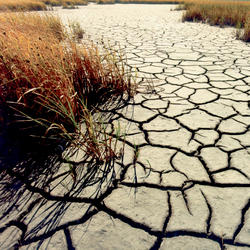Science Tools for Managers
Through our science projects, the CASCs strive to conduct science that is directly useful to resource managers and informs adaptation decision making. CASC-funded researchers develop data sets, web applications, assessments, surveys, and other tools that are publicly available for future management or research projects. Browse our projects on this topic below.













